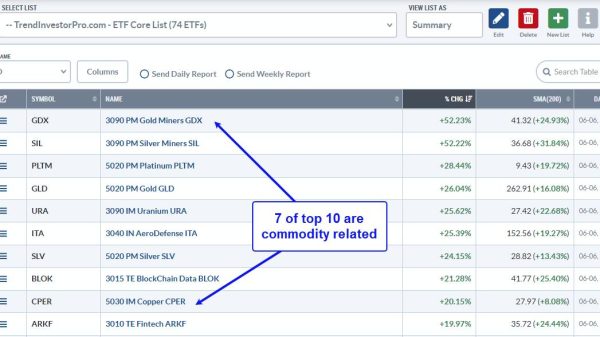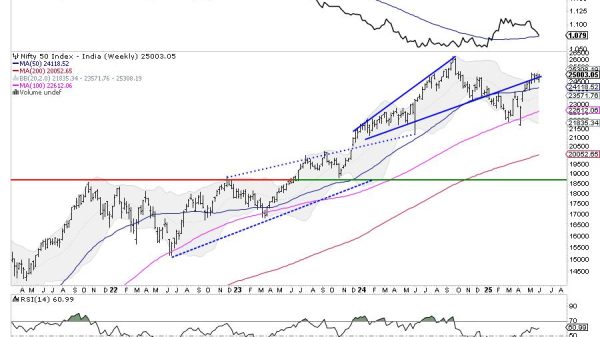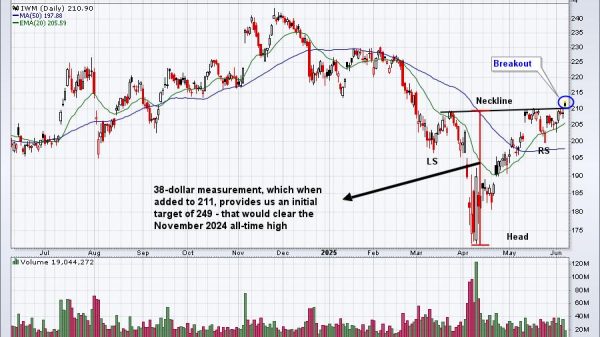Operating income vs net income – side-by-side comparison
Key Takeaways:
Operating income centres on core business operations, providing insights into operational efficiency. Net income encompasses operating and nonoperating sources, influencing stock prices more broadly. Expenses in operating income are primarily core costs like COGS, while net income adds interest and taxes. Understanding these distinctions is vital for comprehensively analyzing a company’s financial health.Have you ever compared “Operating income vs net income”? Were you interested in knowing what each income in this situation represents? And ultimately, how should you do the side-by-side comparison as a true professional?
First, you should be aware that both operating and net income provide insights into a company’s earnings. However, they do so through distinct means involving revenue calculation and operating and non-operating expenses.
These metrics have unique merits and entail specific deductions and credits during calculation. By carefully examining these figures, investors can discern the exact moment in a company’s financial journey when it began generating profit or incurring losses.
To completely understand this Operating income vs Net Income comparison, let’s explain each income better, shall we?
What does Operating Income represent?
Operating income, often known as operating profit, reflects a company’s earnings after subtracting its day-to-day operating expenses.
It’s a crucial component of financial statement analysis, particularly in income statement evaluations, as it allows for a meaningful earnings comparison.
This calculation involves deducting operating expenses from gross profit, the main difference between total revenue and the cost of goods sold (COGS).
What does it include?
Operating income, near net income on the income statement, comprises key components:
Sales or Revenue: Income from selling goods or services, excluding non-operational sources like stock dividends or investment gains. COGS is the cost of making goods, like materials and labour for manufacturing or the costs of merchandise for retailers. Selling, General, and Administrative (SG&A) Expenses: Covers non-production business costs such as rent, staffing, accounting, payroll, and utilities. Depreciation and Amortization: Non-cash expenses that allocate upfront asset costs over time; depreciation for tangible assets; amortization for intangibles.The formula of Operating Income
Operating income = Sales or revenue – COGS – SG&A – Depreciation – Amortization
What is Net Income exactly?
Net income, also called the “bottom line” on the income statement, shows how well a company does financially. It represents a company’s profits or earnings generated from its business operations.
This figure reflects the income that remains after meticulously calculating all expenses, debts, additional income sources, and operating costs incurred in providing a product or service over a specific period of time.
For business owners, net income is a crucial metric in financial analysis. It showcases the profit derived from delivering a good or service and considers various costs and expenditures associated with their business operations.
Calculating the net profit margin, the ratio of net income to total revenue provides a more precise picture of a company’s profitability and efficiency in managing its financial resources.
Nonoperating income sources encompass:
Rent: Payment for third-party use of property or assets. Dividends: Payments from stock investments. Interest: Income from savings, loans, or bond investments. Capital gains: Profits from asset or investment sales. Royalties: Payments from intellectual property rights.Non-operating expenses include:
Interest: Payments on debt obligations. Capital losses: Losses from asset or investment sales. Income tax is the last cost, calculated after adding or subtracting all other income and expenses from operating income.Net income formula:
Net income = Operating income + Nonoperating income – Nonoperating expenses – Interest + Gains – Losses – Taxes
How to calculate net income?
To calculate net income, subtract expenses, interest, and taxes from revenues. Earnings per share rely on NI for calculation.
Investors must carefully review the elements used to calculate NI, as accounting methods can hide costs or boost income.
Get to know the Operating Income vs Net Income Comparison.
Let’s explore the contrast between Operating Income and Net Income using J.C. Penney’s 2017 income statement from their 10-K annual financial reporting:
In 2017, J.C. Penney reported total revenue (net sales) of $12.5 billion, a key component of their cash flow statement. Net sales reflect revenues after accounting for returned merchandise, a routine aspect for retailers.
Their Operating Income for the year amounted to $116 million, encompassing all expenses associated with their day-to-day operating activities over the long term. These expenses include items like rent, utilities, and payroll.
Examining Net Income Closely
After examining the financial report, it is clear that J.C. Penney had a net loss of $116 million during that time.
This figure considers all revenues and expenses and serves as the bottom line on their income statement.
The Significance of Comprehensive Financial Analysis
This example highlights the importance of thoroughly examining a company’s financial statements to gain insights into its financial performance.
In the case of J.C. Penney, for 2017, they earned $116 million in operating income against substantial total revenue (net sales) of $12.5 billion.
However, their operating income was significantly offset by interest expenses on their long-term debt, totalling $325 million.
They ended the year with a $116 million net income loss, showing their operations’ true result.
Learn the differences between Operating Income and Net Income.
Now, as the final Operating income vs net income side-by-side comparison, we’d like to point out the main differences between them:
Distinguishing Operating and Net Income
While both operating income and net income signal a company’s profitability, they differ significantly:
Income Sources
Operating income derives from core operations, reflecting the company’s day-to-day business activities. Net income includes operating and nonoperating income, such as one-time gains or unrelated sources like interest income.
Expenses
Operating income considers core expenses like COGS and SG&A, providing insights into ongoing operational efficiency. Net income adds further expenses like interest and taxes. EBIT is an intermediate step, representing operating income before interest and taxes.
Investor Focus
Analysts emphasize operating income for operational insights, while the public observes net income more widely, influencing stock prices. However, net income may be affected by one-time items and nonoperating factors.
Bottom Line: Operating Income vs. Net Income
Operating income and net income provide insights into a company’s financial performance but differ significantly:
Income Sources: Operating income reflects core operations, while net income includes nonoperating sources like interest income and one-time gains. Expenses: Operating income focuses on core expenses (e.g., COGS), while net income adds interest and taxes. Investor Focus: Analysts examine operating income for operational efficiency, while net income broadly impacts stock prices.In essence, operating income reveals core performance, while net income, though widely followed, can be influenced by nonoperating factors.
The post Operating income vs net income – side-by-side comparison appeared first on FinanceBrokerage.

























